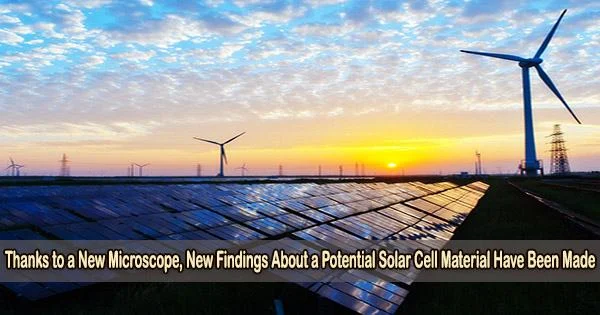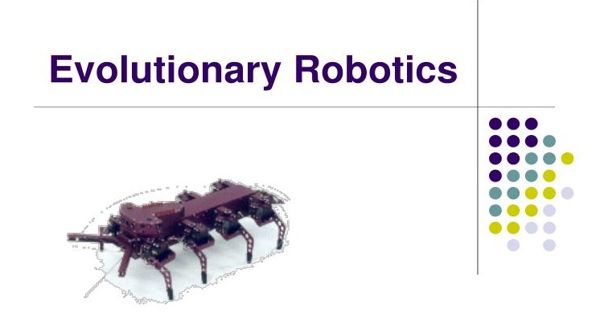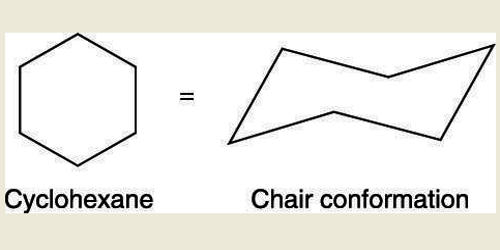A new characterisation technique created by a team of researchers at the Department of Energy’s Ames National Laboratory gave them a rare window into a potential replacement material for solar cells.
Jigang Wang, a senior scientist at Ames Lab, led the group that created a microscope that employs terahertz waves to gather information on material samples. The team then used their microscope to explore Methylammonium Lead Iodide (MAPbI3) perovskite, a material that could potentially replace silicon in solar cells.
Richard Kim, a scientist from Ames Lab, explained the two features that make the new scanning probe microscope unique. The microscope first gathers information on materials using electromagnetic frequencies in the terahertz region. This frequency range, which is between infrared and microwave frequencies, is significantly below the visible light spectrum.
Second, a pointed metallic tip that receives the terahertz light boosts the microscope’s abilities to observe objects at nanoscale length scales.
“Normally if you have a light wave, you cannot see things smaller than the wavelength of the light you’re using. And for this terahertz light, the wavelength is about a millimeter, so it’s quite large,” explained Kim. “But here we used this sharp metallic tip with an apex that is sharpened to a 20-nanometer radius curvature, and this acts as our antenna to see things smaller than the wavelength that we were using.”
We believe that the present study demonstrates a powerful microscopy tool to visualize, understand and potentially mitigate grain boundary degradation, defect traps, and materials degradation. Better understanding of these issues may enable developing highly efficient perovskite-based photovoltaic devices for many years to come.
Jigang Wang
The team used this new microscope to study MAPbI3, a perovskite material that has lately caught the attention of researchers as a potential replacement for silicon in solar cells.
Perovskites are a unique class of semiconductor that, when exposed to visible light, carries an electric charge. The biggest difficulty with employing MAPbI3 in solar cells is how quickly it deteriorates when exposed to heat and moisture.
According to Wang and Kim, the team expected MAPbI3 to behave like an insulator when they exposed it to the terahertz light. They anticipated a consistent low level of light scattering across the material because the data obtained from a sample is a reading of how the light scatters when the material is exposed to terahertz vibrations.
But what they discovered was that there was a great deal of diversity in the light scattering along the grain boundaries.
According to Kim, more conductive materials, such as metals, will scatter light more than less conductive materials, such as insulators. The vast range of light scattering patterns found in MAPbI3 along the grain boundaries provide insight into the material’s degrading issue.
The scientists continued to gather data on the material over the period of a week, and the data gathered during that time revealed the degradation process through modifications in the amounts of light scatterings. Future manipulation and enhancement of the content may benefit from this information.
“We believe that the present study demonstrates a powerful microscopy tool to visualize, understand and potentially mitigate grain boundary degradation, defect traps, and materials degradation,” said Wang. “Better understanding of these issues may enable developing highly efficient perovskite-based photovoltaic devices for many years to come.”
The University of Toledo provided the samples of MAPbI3. This research is further discussed in the paper “Terahertz Nanoimaging of Perovskite Solar Cell Materials,” written by Richard H. J. Kim, Zhaoyu Liu, Chuankun Huang, Joong-Mok Park, Samuel J. Haeuser, Zhaoning Song, Yanfa Yan, Yongxin Yao, Liang Luo, and Jigang Wang, and published in the ACS Photonics.
















